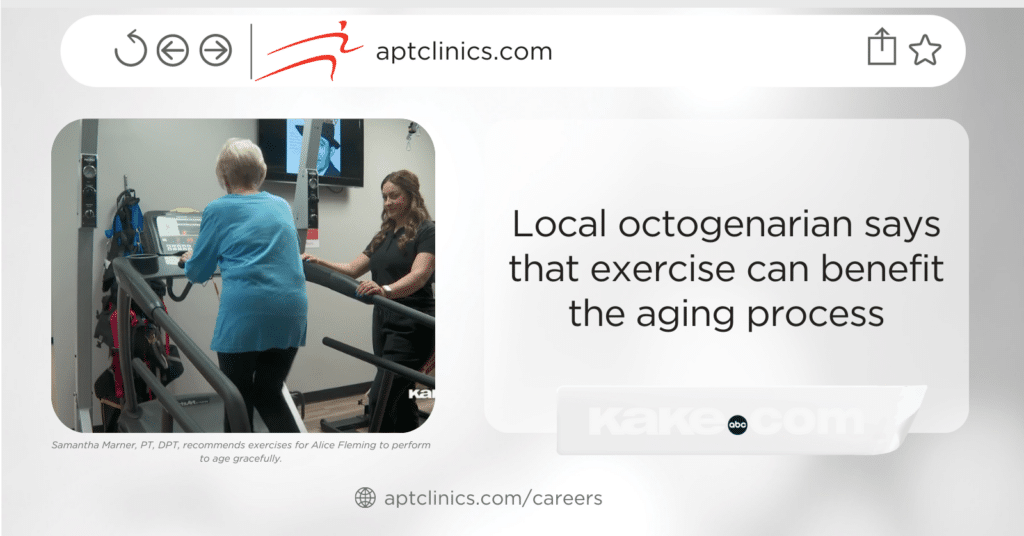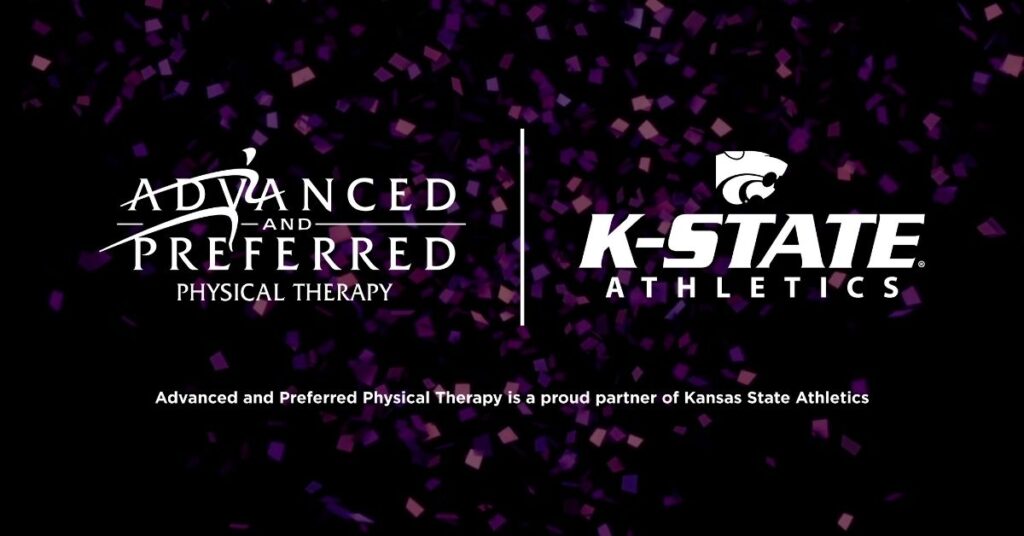Does Posture even matter? Posture is something that seems to go by the wayside as we get older or even just as we lead sedentary lifestyles. This can also happen in younger individuals who spend lots of time sitting over textbooks/homework and computers/cellphones. We spend most of our lives sitting forward, soon even upon standing and walking this posture begins to feel normal. Many times, it even feels comfortable to let those postural muscles chill out and it isn’t until you see your reflection in the mirror or a picture from an event that you start to think “when did I become so hunched over?”. But there are other reasons that it does matter, the health of your shoulders and neck.
Posture itself is a habit, and this habit can be changed with a lot of self-awareness and constant diligence. Some situations can occur with aging or there are spinal conditions where the upper back is structurally rounded, and we call this Kyphosis. It is not to say that Kyphosis makes it impossible to regain some function or motion in the spine, but full correction of this posture can be very difficult. There is always a good reason to try to correct your posture, not only will it make you feel more confident and attractive, but you can avoid or even fix issues with your neck and shoulders. While it can be comfortable to sit with bad posture for short periods more people will find that with sustaining this posture over long periods that the neck, upper to mid or low back begins to hurt.
Why does bad posture hurt my neck? The rounded posture that I am speaking of puts the cervical spine in a precarious position that is abnormal for the natural curve of the spine. From the cervical, thoracic, lumbar and sacral spine there is a natural curve that all parts are meant to follow. These natural curves of the spine are the optimal positions for the trunk in relation to the connecting bony and muscular structures. In these proper positions, the body is most capable of performing activities without injury or stress to the spine itself or the connecting areas such as the shoulders.
How does bad posture hurt my shoulders? The relationship between the neck and shoulders is closely tied as the muscles that run through the back assist with motions through the shoulders and the upper trunk. Additionally, on the back, there are bony structures called the scapula or shoulder blades. The shoulder blade moves in relation to the humerus such as when lifting your arm overhead. If the scapula does not move in perfect conjunction with the ball in socket movement occurring at the head of the humerus it can disrupt the ability to move the arm in most directions. For example, if you lift your arm straight ahead and motion occurred from the glenohumeral (shoulder) joint alone and without assistance from the scapula, you would only be able to raise your arm 60 degrees. To put that in perspective 60 degrees is only a third of the range you should have, as in order to have your arm all the way up and straight with your head is 180 degrees. Another thing to consider when the shoulders are rounded forward is the reduction of space and unnecessary pressure put on the many tendons running around and under the bony structures of the shoulder girdle, and this is a large contributor to the dreaded condition coined “impingement”.
Okay, so how does physical therapy help with that? Your physical therapist will assign pectoral stretches and scapular strengthening exercises as well as activities that help to reintegrate good posture into daily activities. As bad posture is sustained day in and day out the pec and chest muscles become tight and the scapular muscles become loose and week. Hence the reasoning that the shoulders become rounded and slumped and the shoulder blades rest far apart or even “wing” outward. Activities within physical therapy will help you to re-establish what it feels like to be in good postural positioning via shoulder blade squeezes and activities such as laying over a foam roll which will stretch open the chest and pull the shoulders back. Especially at the point, that shoulder impingement is occurring, it would be beneficial to strengthen the muscles of the rotator cuff. As the rotator cuff muscles have a long all-day everyday job, these activities will be best as high reps and low weight. Additionally, to help re-establish good arthrokinematics that will avoid “pinching” or irritation at the shoulder, your Physical therapist will perform shoulder and shoulder blade mobilizations to help establish a good rhythm between these essential structures.
You don’t have to have the posture of a cadet at attention in every lasting moment, but I do think you’ll be amazed at how much correcting this issue will help existing or developing issues in the neck and shoulders.
Content provided by Lauren Cahn, CPTA
Does Posture even matter?




